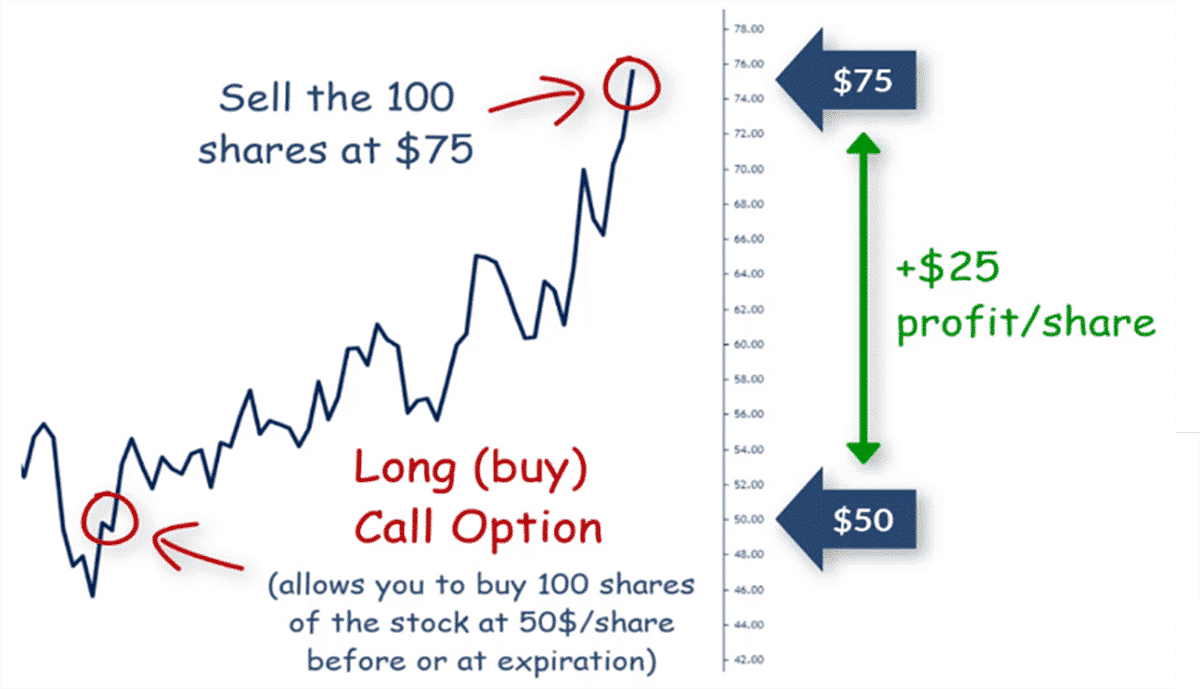In the dynamic realm of investing, options trading presents a unique path to manage risk and potentially amplify returns. Among the various options strategies, calls and puts stand out as fundamental tools that empower traders to capitalize on both bullish and bearish market scenarios. This comprehensive guide will delve into the world of options trading, shedding light on the intricacies of calls and puts, guiding you through their intricacies.
Image: theqa.reviews
Understanding Options Trading
Options contracts grant traders the right, but not the obligation, to buy (call option) or sell (put option) an underlying asset, such as a stock or index, at a predetermined price (strike price) within a specific period (expiration date). By leveraging options, traders can hedge their positions, speculate on price movements, or generate income through premium collection.
Calls vs. Puts: A Comprehensive Overview
Calls and puts represent two sides of the options trading spectrum, each tailored to distinct market expectations. Call options are employed when traders anticipate an increase in the underlying asset’s price. By purchasing a call option, the trader secures the right to buy the underlying asset at a future date, even if its market price exceeds the strike price.
Conversely, put options are utilized when traders foresee a decline in the underlying asset’s value. Acquiring a put option grants the trader the right to sell the underlying asset at a predetermined price, offering downside protection or potential profit if the market price falls below the strike price.
Trading Strategies with Calls and Puts
The versatility of calls and puts enables traders to employ a wide range of strategies, catering to various investment objectives. Some commonly used strategies include:
- Bullish Call Spread: Buying a lower-strike call option and simultaneously selling a higher-strike call option with the same expiration. This strategy profits when the underlying asset’s price rises but is capped at the difference between the two strike prices.
- Bearish Put Spread: Selling a lower-strike put option and purchasing a higher-strike put option with the same expiration. This strategy benefits from a decline in the underlying asset’s price but has limited upside potential.
- Covered Call: Selling a call option against an underlying asset that the trader already owns. If the call option is exercised, the trader sells the underlying asset at a predetermined price, locking in a profit.

Image: 2ndskiesforex.com
Navigating Trends in Options Trading
The options trading landscape is constantly evolving, with technological advancements, regulatory changes, and market volatility influencing its trajectory. To stay ahead of the curve, traders must stay abreast of the latest developments and market trends.
Tips for Success in Options Trading
Embarking on options trading requires a disciplined approach and a thorough understanding of the risks involved. To enhance your chances of success, consider the following expert advice:
- Educate Yourself: Invest in learning the intricacies of options trading, mastering the concepts and strategies.
- Risk Management: Determine your risk tolerance and allocate funds accordingly, always using stop-loss orders to limit potential losses.
- Technical Analysis: Utilize technical analysis to identify trends and support and resistance levels, guiding your trading decisions.
These tips, combined with patience and a willingness to continuously adapt to changing market conditions, can pave the way for successful options trading.
FAQs on Options Trading
Q: What are the main differences between calls and puts?
A: Calls give the holder the right to buy an asset at a set price, while puts give the holder the right to sell an asset at a set price.
Q: What is the best way to learn options trading?
A: Educate yourself through books, online courses, and seminars. Paper trading can also be beneficial for practicing without risking real capital.
Q: Is options trading suitable for beginners?
A: Options trading involves significant risk and is not recommended for beginners without proper education and experience.
Q: Can I make money from options trading?
A: While options trading offers the potential for profit, it is also highly speculative and can result in substantial losses.
Options Trading Calls And Puts
Conclusion
The realm of options trading presents an exciting yet challenging arena for investors seeking to maximize their returns and manage risk. By harnessing the power of calls and puts, traders can navigate market fluctuations and uncover hidden opportunities. However, venturing into options trading demands a deep understanding of the intricacies involved and a willingness to embrace ongoing education.
Are you ready to explore the world of options trading? Embark on this journey of discovery and harness the power of calls and puts to unlock your financial potential.






